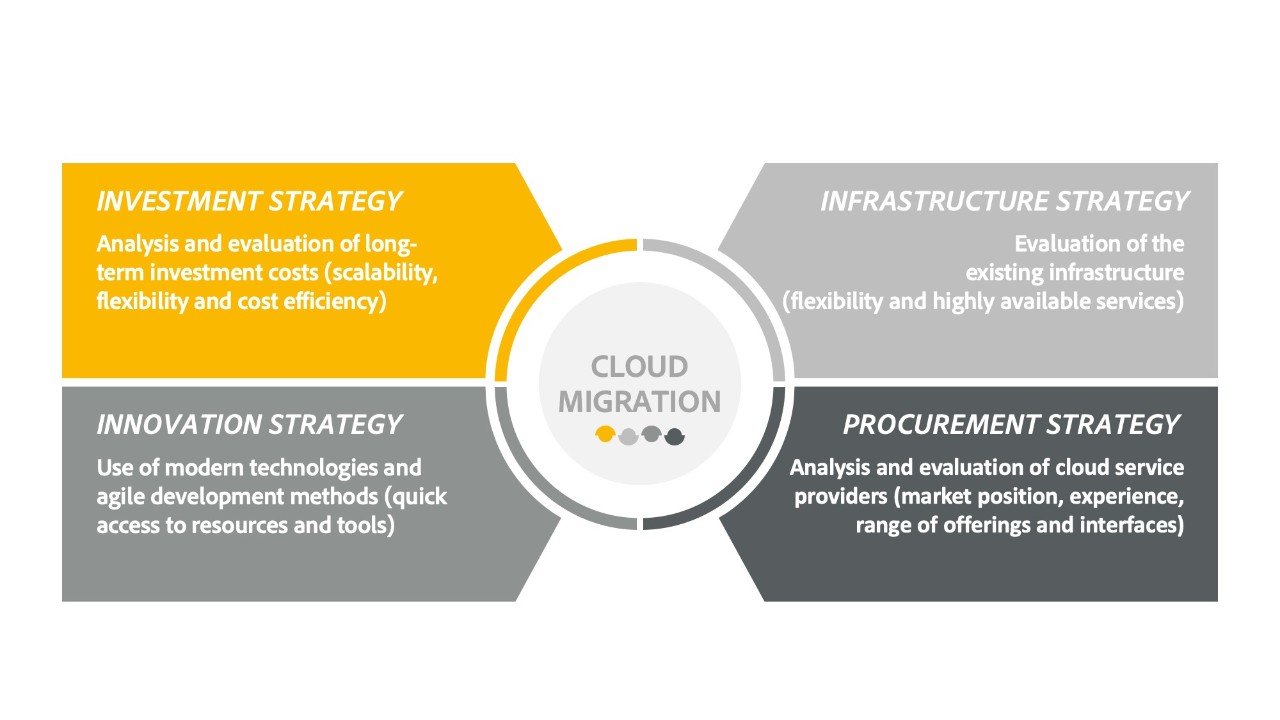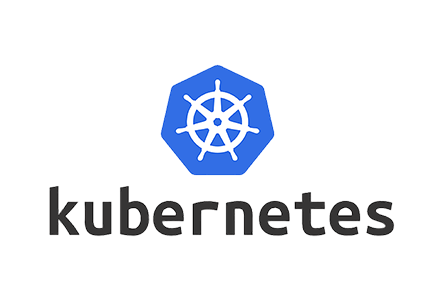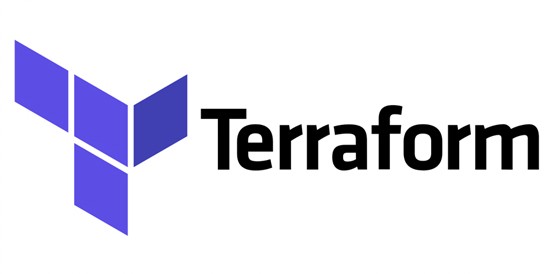Migration to the cloud - the motivations
In August 2022, after careful consideration, we decided to migrate a significant part of our development environments to the cloud and selected AWS as our cloud service provider. The project was initiated in Q4/22 and largely completed in Q1/23.
The main reason for the decision to migrate to the cloud was the repeated stability issues in our on-premises environment and the high maintenance and configuration overhead. Until the beginning of 2023, our IT service had to act immediately in the event of every single failure so that our colleagues could continue their work unhindered. A state of affairs that had to be changed. Because Murphy naturally had a hand in it and the assumption that everything that can go wrong will certainly go wrong was not a sustainable option for us.
An example? Even during an important national team football match, when Stefan and I were independently at a public viewing event, we met in the office and invested our time deep into the night to ensure that all Kubernetes clusters were working properly the next morning.
To prevent such incidents from happening again, we carefully considered how migrating to the cloud would support our long-term goals and add value to our business.
AWS proved to be the right partner that best met our requirements.







